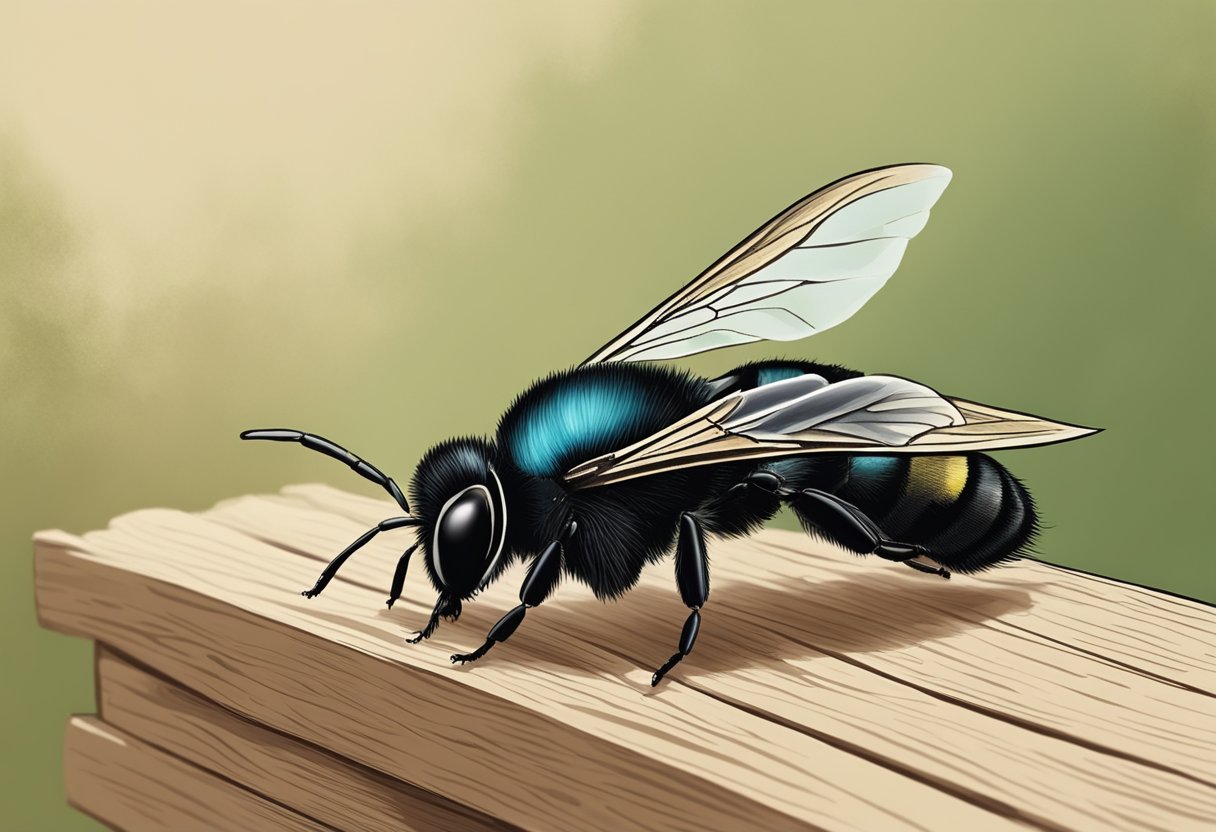Understanding Carpenter Bees
Carpenter bees, often mistaken for bumblebees due to their similar appearance, can be a nuisance for homeowners. These solitary bees are known for their habit of drilling holes in wooden structures, causing damage over time. If left unchecked, carpenter bees can weaken the integrity of your property and lead to costly repairs.
The Importance of Carpenter Bee Traps
One effective way to control carpenter bee populations and protect your property is by using carpenter bee traps. These traps are designed to attract and capture the bees, preventing them from causing further damage. By implementing carpenter bee traps, you can reduce the number of bees around your property and minimize the risk of structural damage.
Choosing the Right Carpenter Bee Trap
When selecting a carpenter bee trap, it’s important to consider a few key factors:
1. Trap Design
The trap should have a design that specifically targets carpenter bees. Look for traps that have small entrance holes, as these are more likely to attract the bees. Additionally, traps with angled entrances can increase the chances of capturing the bees effectively.
2. Material
Opt for traps made from durable materials such as wood or plastic. These traps will withstand outdoor conditions and last longer, ensuring that you can effectively control carpenter bee populations over time.
3. Size
Consider the size of the trap and how many bees it can hold. Larger traps are generally more effective, as they can capture a greater number of bees before needing to be emptied.
4. Location
Proper trap placement is crucial for success. Carpenter bees are attracted to sunny areas, so position your traps in areas where the bees are most active. Hang the traps near the entrances of their drilling holes or other wooden structures they frequent.
Using Carpenter Bee Traps Effectively
Now that you have chosen the right carpenter bee trap, it’s time to put it to use:
1. Install Multiple Traps
For maximum effectiveness, install multiple traps around your property. This will increase the chances of capturing carpenter bees and reducing their population.
2. Regularly Empty the Traps
Check your traps regularly and empty them as needed. This will prevent the bees from escaping and ensure that the traps continue to attract new bees.
3. Dispose of Captured Bees
Once you have emptied the traps, dispose of the captured bees properly. You can release them far away from your property or use a bee-safe insecticide to eliminate them.
4. Monitor and Maintain
Continuously monitor the traps and make any necessary adjustments. Replace any damaged or worn-out traps to maintain their effectiveness.
Additional Tips for Carpenter Bee Control
While carpenter bee traps are an effective method of control, there are additional steps you can take to minimize bee activity:
1. Seal and Repair
Inspect your property for any existing holes or cracks in wooden structures and promptly seal them. Repair any damaged wood to discourage carpenter bees from nesting.
2. Paint or Stain Wood
Carpenter bees are less likely to drill into painted or stained wood. Applying a protective coating to wooden surfaces can act as a deterrent.
3. Plant Bee-Repelling Flowers
Certain flowers, such as marigolds, mint, and lavender, are known to repel bees. Planting these flowers near wooden structures can help deter carpenter bees from nesting.
4. Seek Professional Help
If you’re dealing with a severe carpenter bee infestation or are unsure about handling it yourself, it’s best to seek professional assistance. Pest control experts have the knowledge and tools to effectively eliminate carpenter bees and protect your property.
Conclusion
Carpenter bee traps are a valuable tool in controlling and preventing carpenter bee damage to your property. By choosing the right trap, placing it strategically, and following proper maintenance, you can significantly reduce carpenter bee populations and protect your wooden structures. Remember to also implement additional preventive measures and seek professional help if needed. With these steps in place, you can enjoy a bee-free and structurally sound property.

